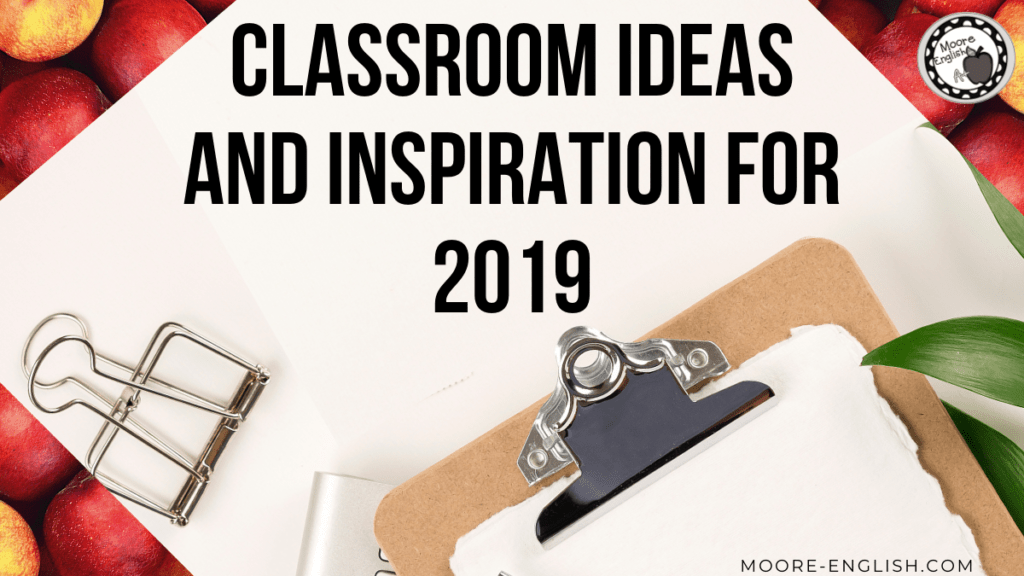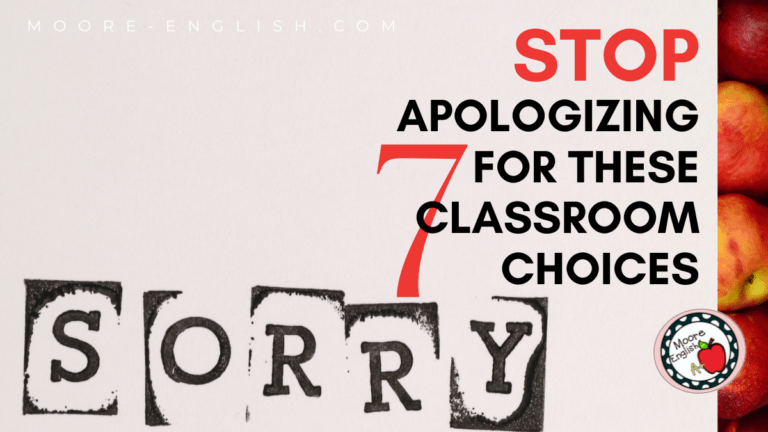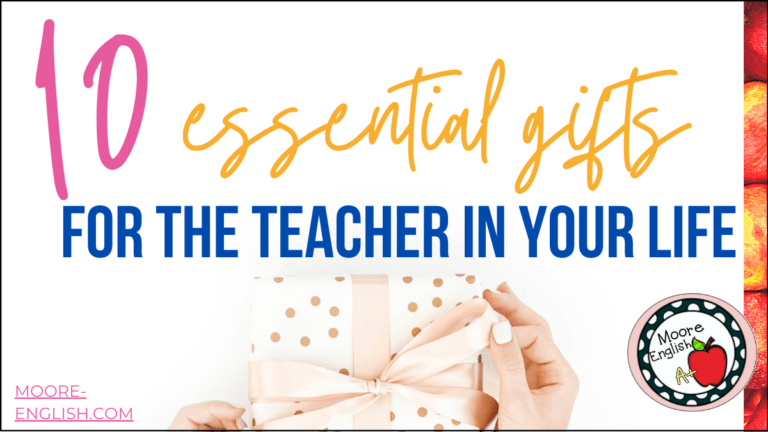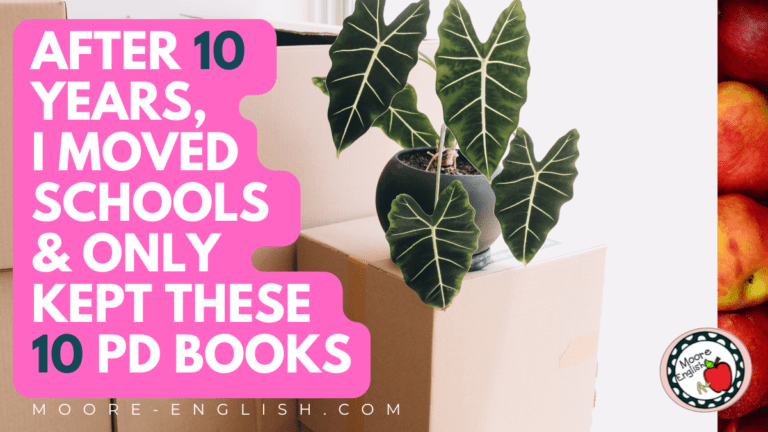After spending winter break getting some perspective and distance from my classroom, I am feeling re-energized and ready to dive back in. While I have already set and revisited my goals for the semester, there are some strategies and activities I’m also interested in trying.
This post this post may contain affiliate links. Please read the Terms of Use.
Grading and Assessment
Kristy from 2 Peas and a Dog suggests scheduling time for grading at school. This seems like a straightforward idea, but it’s not one I’d ever thought of. Grading at school is something I do if I get around to it, but I’m really good at filing that time with other tasks. For this reason, I’d like to try intentionally scheduling time during the day for marking. Check out more ideas for grading here.
With that in mind, I’d also like to try Caitlin Tucker’s suggestion for grading with students rather than for students. While I don’t think I’m ready to leave all assessment in the classroom, grading with students seems to move the conversation toward growth and self reflection and away from assessment-for-a-grade. At the end of last semester, I had some opportunities to do this, and I found the process to be rewarding. I’ve collected more ideas about promoting growth mindset here.
In order to help me grade with students, I would also like to try using conversation as assessment. This article from Edutopia gives three tips for making this process manageable. So often I find that grading can become a barrier in building student relationships, but conversation as assessment and conversations about assessment may be meaningful ways to build relationships. Sometimes students are prone to sharing when they are in the habit of talking, so I’m looking forward to seeing what this procedure produces. Read more about facilitating these kind of conversations here.
Building Relationships
While I think using conversation as assessment will help me continue to build relationships with students, I also think it is important for students to see each other as learners. Perfection is the enemy of progress (someone famous must have said that), so I want my students to recognize that we are all in the process of growing and developing as readers, writers, learners, and thinkers. Read more about my goals here.
In order to help students make this recognition, I’d like to try Learning Walks, which I first read about on Gretchen Bridger’s blog Always a Lesson. In Gretchen’s post, Learning Walks are for professionals, providing opportunities for teachers to learn from one another like an #observeme. But I’d like to try something similar with my students, especially when we are far from final products. In particular, I think doing a learning walk as we brainstorm might be a good way for students to talk about their writing. This would also help students see each other as learners.
Another relationship builder I’d like to try this semester comes from this post on Edutopia. The post details a great strategy for gauging students’ emotional state and creates an avenue for students to share. Even if students choose not to share, this strategy opens a pathway that could be used in the future. As part of my school’s PD book study, I’m currently reading The Art of Coaching Teams by Elena Aguilar. One of the concepts she focuses on is emotional intelligence. This is not an area I feel is a strength…yet. It’s something I want to work on, and this strategy seems like a place to start. More ideas for teacher and classroom inspiration can be found here.
Try Celebrating Growth
This is actually something I have steadily worked on over the years. With a combination of goal setting and data-driven conversations, I have continually worked to help my students visualize their learning. Students set initial goals, revise those goals, talk about those goals, and grow from their goals. My favorite goal sheet is here.
However, most of those strategies focus inward: one student sets his or her own goals and celebrates his or her own learning. I’d like to move my students to a place where we can celebrate each other’s learning. I don’t think we will accomplish this in one year. There’s a lot of procedures, routines, and expectations that go into creating this kind of classroom culture. But I think one thing I’d like to try is turning learning into a celebration. In this article from Share My Lesson, Amber Chandler talks about turning presentations into a celebration. For me, at least, this seems like a manageable way to start developing a culture that celebrates the growth of every learner.
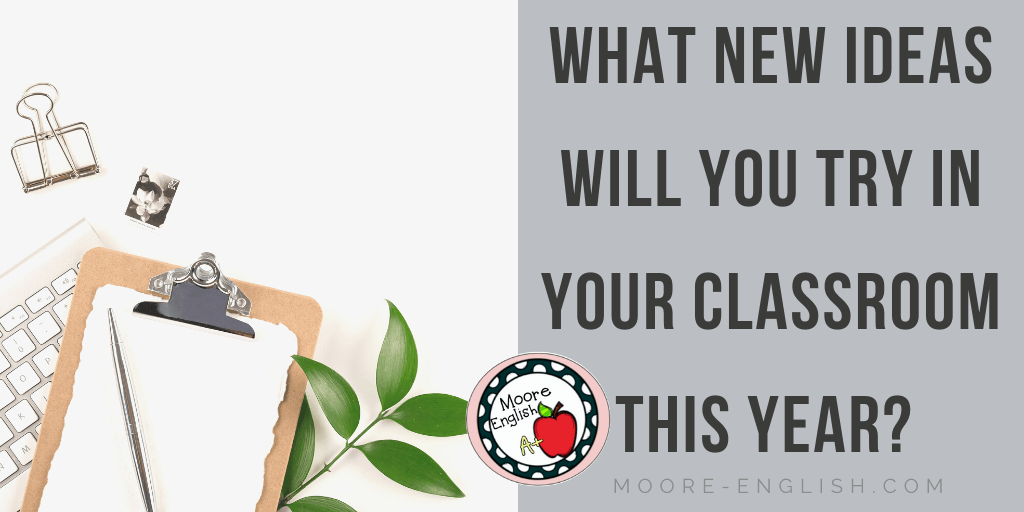
At the end of the day, I may not be able to try all of these ideas. But each one provides some inspiration for making my classroom a more meaningful place. What other ideas should I try in 2019? What ideas are you excited to bring into your classroom? Let us know in the comments.

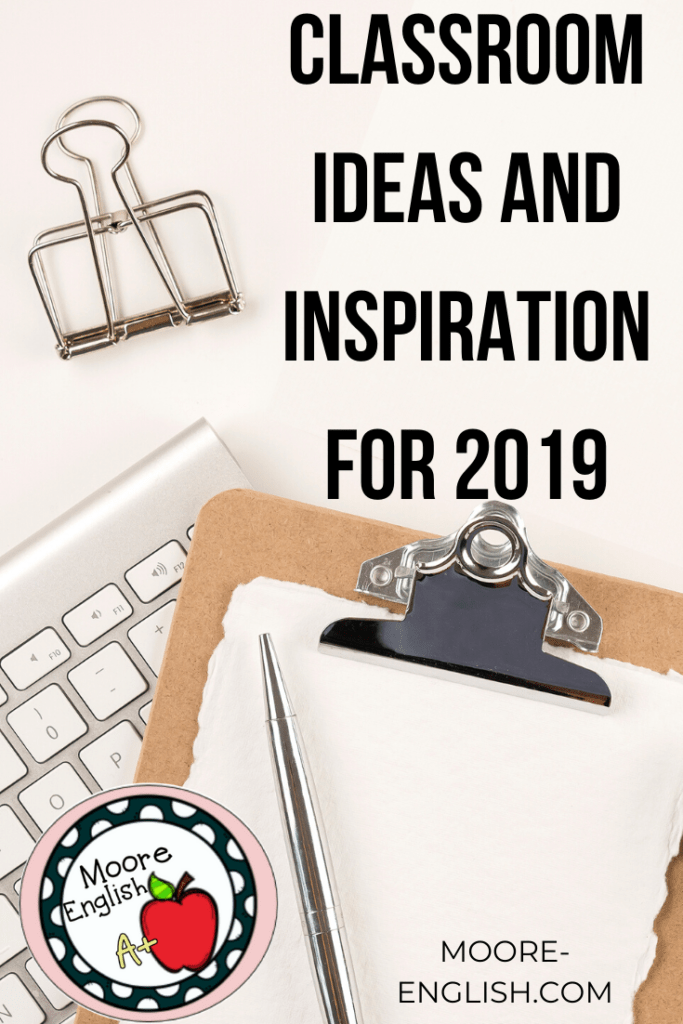
Images from Styled Stock Society

